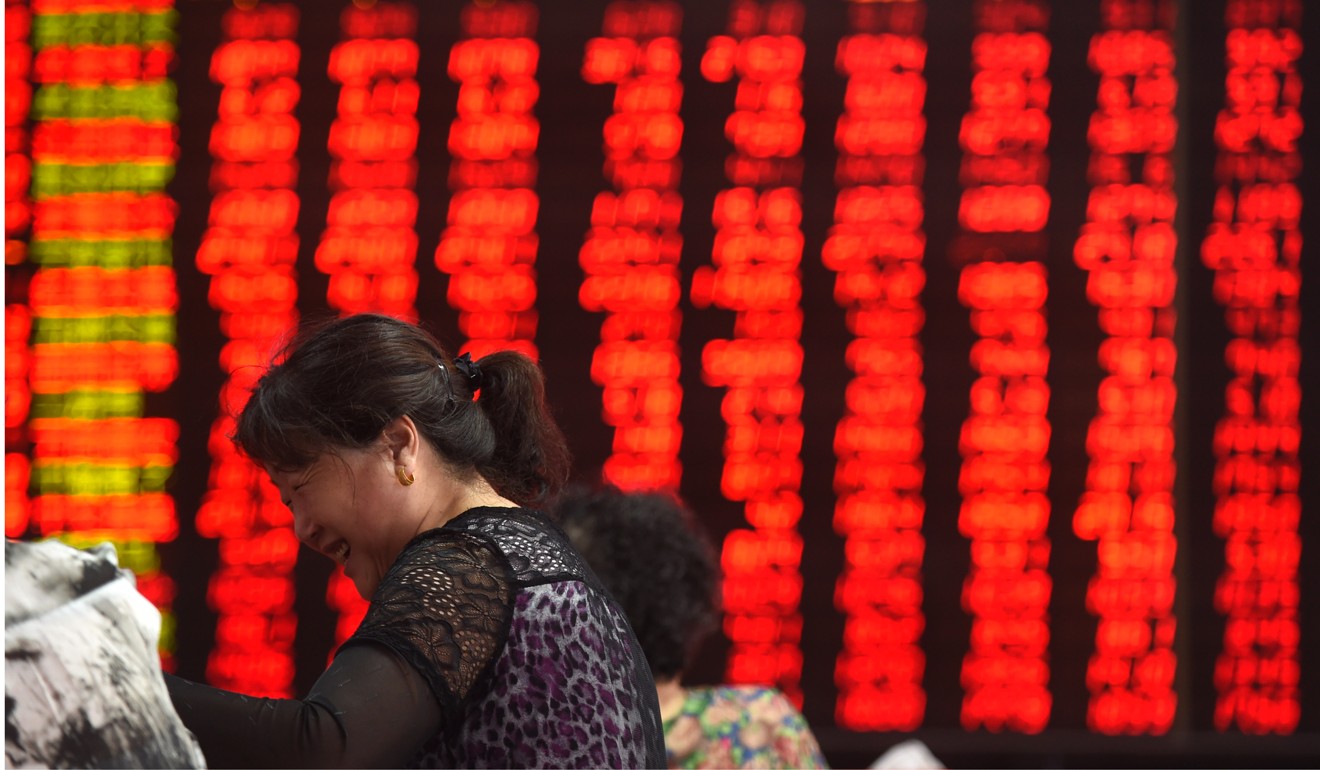
China’s A-shares inclusion to MSCI global equity index looks almost certain
The MSCI looks likely to admit China’s domestic shares into its global equity indexes during it annual review on June 20
It is that time of the year again, when MSCI is due to decide whether to include China’s A-shares into its global equity indices.
For the fourth consecutive year, the global equity benchmark provider has proposed to discuss the inclusion of A-shares in its benchmarks at the annual review. The decision is pending on June 20, and if a positive verdict is delivered, the implementation should start a year later.
After three failed attempts since 2014, we think China stands a good chance of joining the MSCI this year.
Factors supporting the inclusion are obvious. A-shares are the second-largest equity market in the world by market cap and turnover. In fact, combining the mainland- and Hong Kong-listed equities, China is already the most actively traded market in cash turnover.
However, A-shares, akin to yuan bonds, are completely unrepresented in major global indices like the MSCI. Even though Hong Kong- and foreign-listed Chinese stocks are included, the weights are usually well below the relative size of China in the global economy and equity market.
From a timing perspective, 2015 was a roller coaster year in the A-share market while 2016 featured intensive investor concerns about the Chinese economy. Both years were less than ideal for foreign investors in China.
We assign a greater-than-even chance for a positive verdict on June 20 but do acknowledge the risk of another failure if MSCI yields no compromise
This year, however, the equity market has been stable, with valuations back to reasonable levels. For example, the Shanghai Composite Index currently trades at less than 17 times earnings. Depreciation pressure on the yuan has eased while sentiment about the Chinese economy has improved. No wonder some large asset managers have openly expressed interest in Chinese equities and endorsed the inclusion of A-shares in MSCI benchmarks.
Besides the above, we think Beijing has made significant progress in clearing the hurdles that prevented A-share inclusion in the past. Last year, MSCI cited three issues for its rejection of A-shares. These included restrictions on investment flows (such as difficulties and time delays facing investors in applying for quota in the qualified foreign institutional investor scheme); trading suspensions (i.e. Chinese listed companies can voluntarily suspend their stocks in order to, for example, avoid market sell-offs); and anti-competitive clauses (i.e. onshore exchanges require pre-approval of investment products linked to A-shares even if they are listed outside China).
On capital restrictions, the two Stock Connects linking the mainland and Hong Kong exchanges have effectively resolved the issue by removing all investment quotas and repatriation limits. Interestingly, MSCI this year has proposed to narrow the universe of stocks for inclusion by focusing on only those available to the connect programmes. We interpret this as an intentional act by the index provider to lowering the hurdle for China’s inclusion.

With respect to trading suspensions, the number of stocks on trading halts have declined significantly to pre-crisis levels. And by focusing on a narrower set of large-cap stocks, the number of shares in trading suspension has fallen to just two, effectively clearing the second hurdle that prevented the inclusion last year.
That leaves the pre-approval requirement as the remaining hurdle. MSCI suggests that discussions with the onshore exchanges are ongoing, but it looks unlikely that a breakthrough will be achieved before the June announcement.
This means that whether China succeeds in joining the MSCI this year will largely come down to how the anti-competitive clause is being assessed among other criteria. We assign a greater-than-even chance for a positive verdict on June 20 but do acknowledge the risk of another failure if MSCI yields no compromise.
For Beijing, having Chinese equities in a widely recognised global index offers a symbolic importance for its capital market liberalisation, similar to what the International Monetary Fund did for the yuan. But for the equity market, such an event by itself will not guarantee large capital inflows if investors cannot access the market easily or have no confidence in China’s capital market and economy.
True, there will be passive index trackers, which have to adjust their asset allocation once A-shares are added to the benchmarks. But because of the smaller universe, there will only be 169 stocks eligible for the index. Plus, MSCI will phase out the inclusion over a period of time, with the initial inclusion factor of only 5 per cent. This, by our estimate, will increase China’s weights in the MSCI World/Emerging Market/Asia ex-Japan indices by merely 0.1 per cent/0.5 per cent/0.5 per cent at the start.
For example, with US$1.6 trillion (active and passive) worth of assets under management tracking the MSCI Emerging Market Index, the 0.5 per cent weight will bring only US$8 billion of inflows to A-shares, representing 0.8 per cent of A-shares’ free-float market cap and 2.6 per cent of its daily trading turnover.
It is perhaps for that precise reason of lacking market substance that Chinese investors have taken a more circumspect view towards the index inclusion this year. While a “yes” verdict on June 20 will undoubtedly generate a positive response, we will not count on the decision to materially alter the underlying market trend.
Aidan Yao is senior emerging Asia economist at AXA Investment Managers

